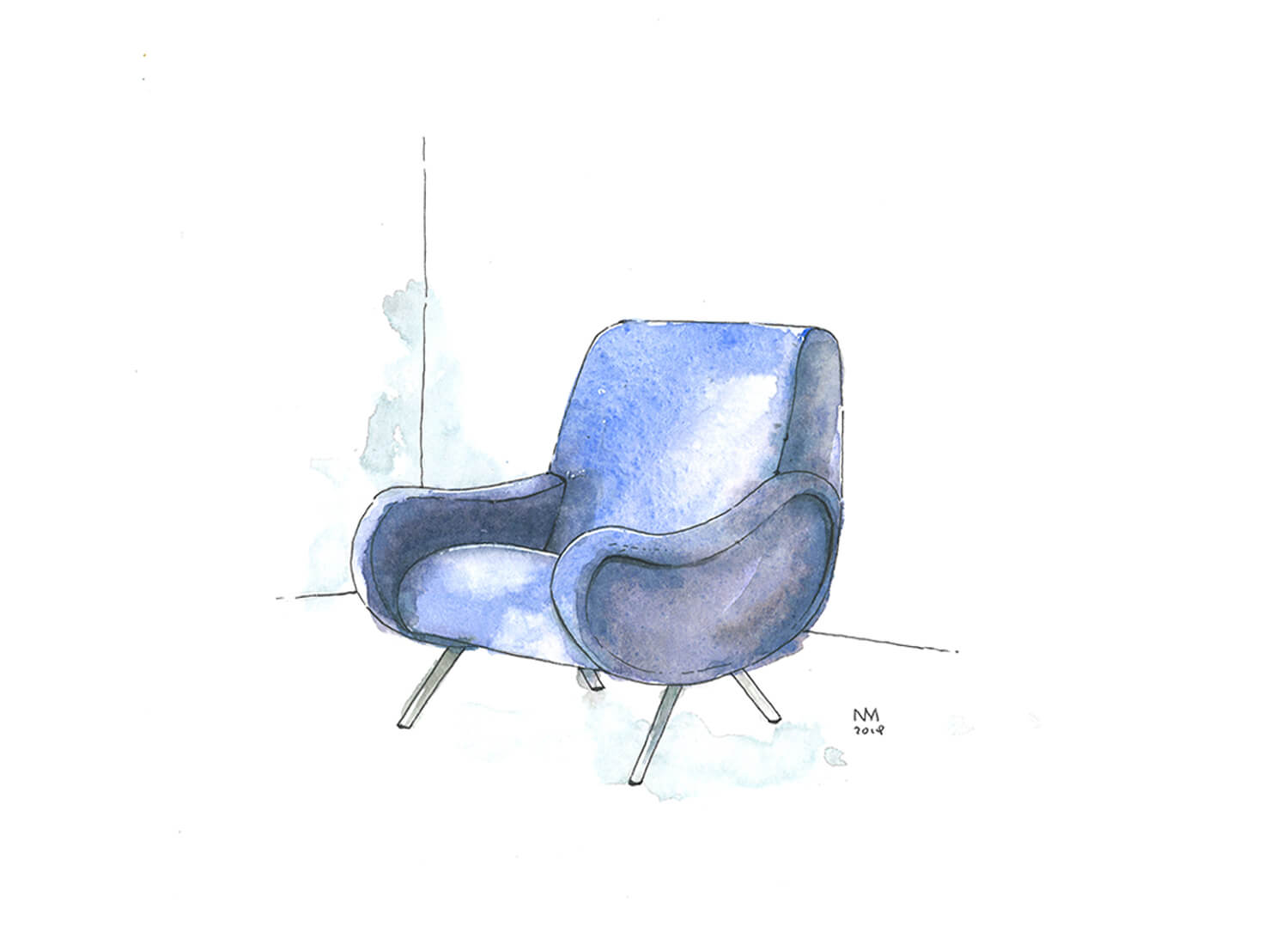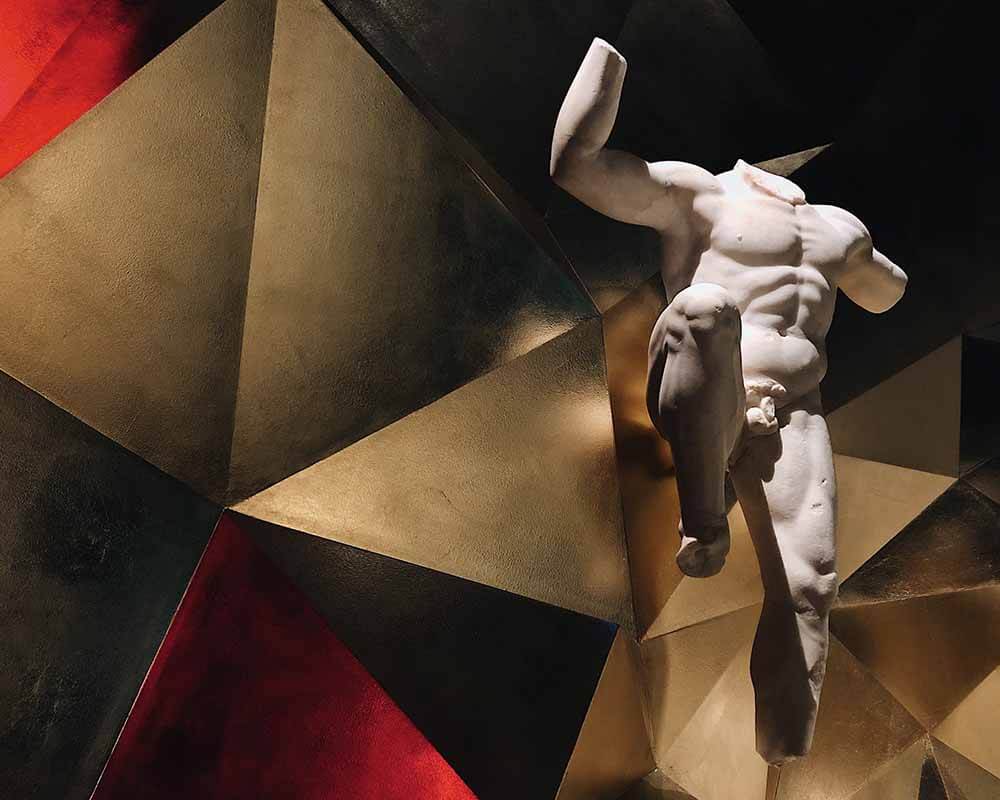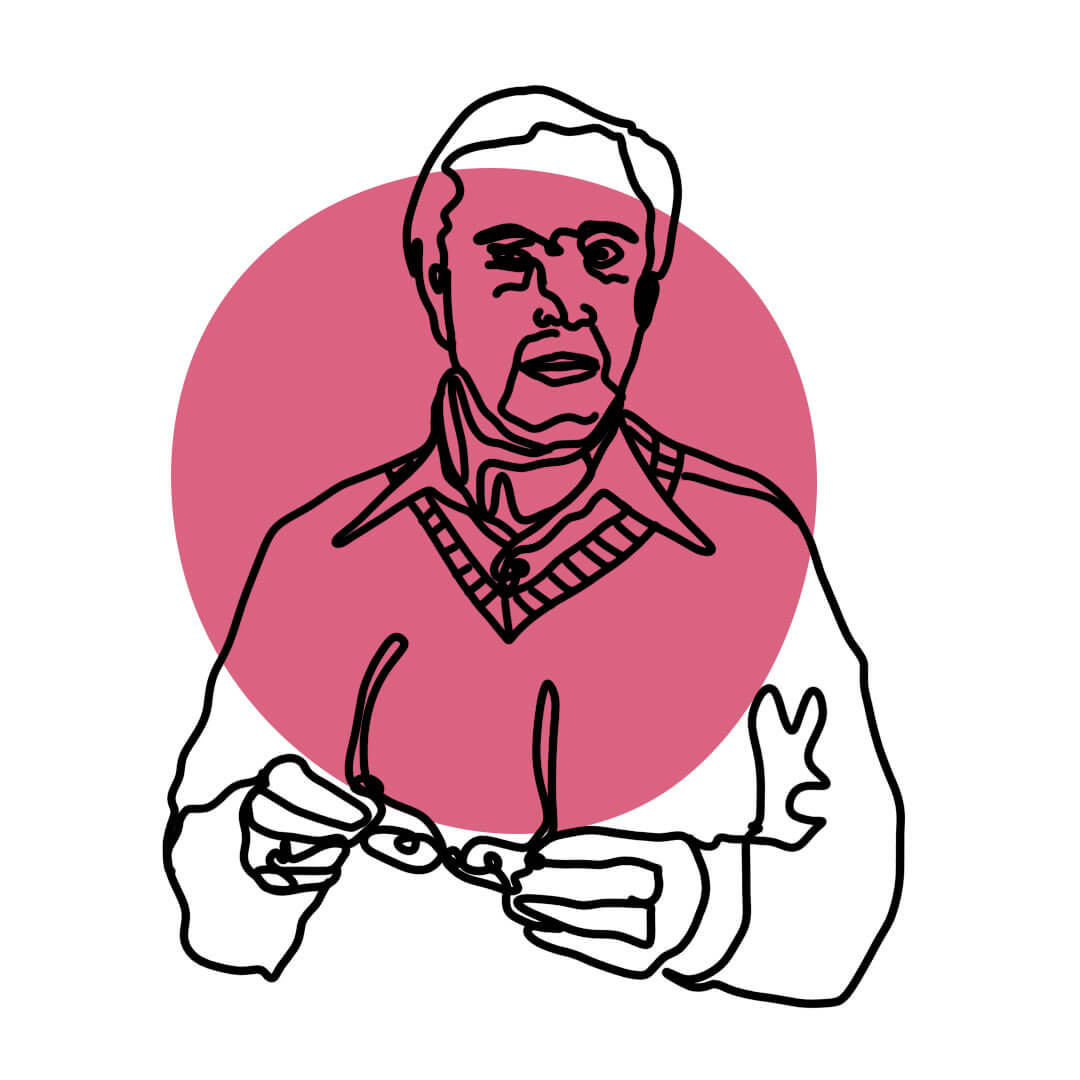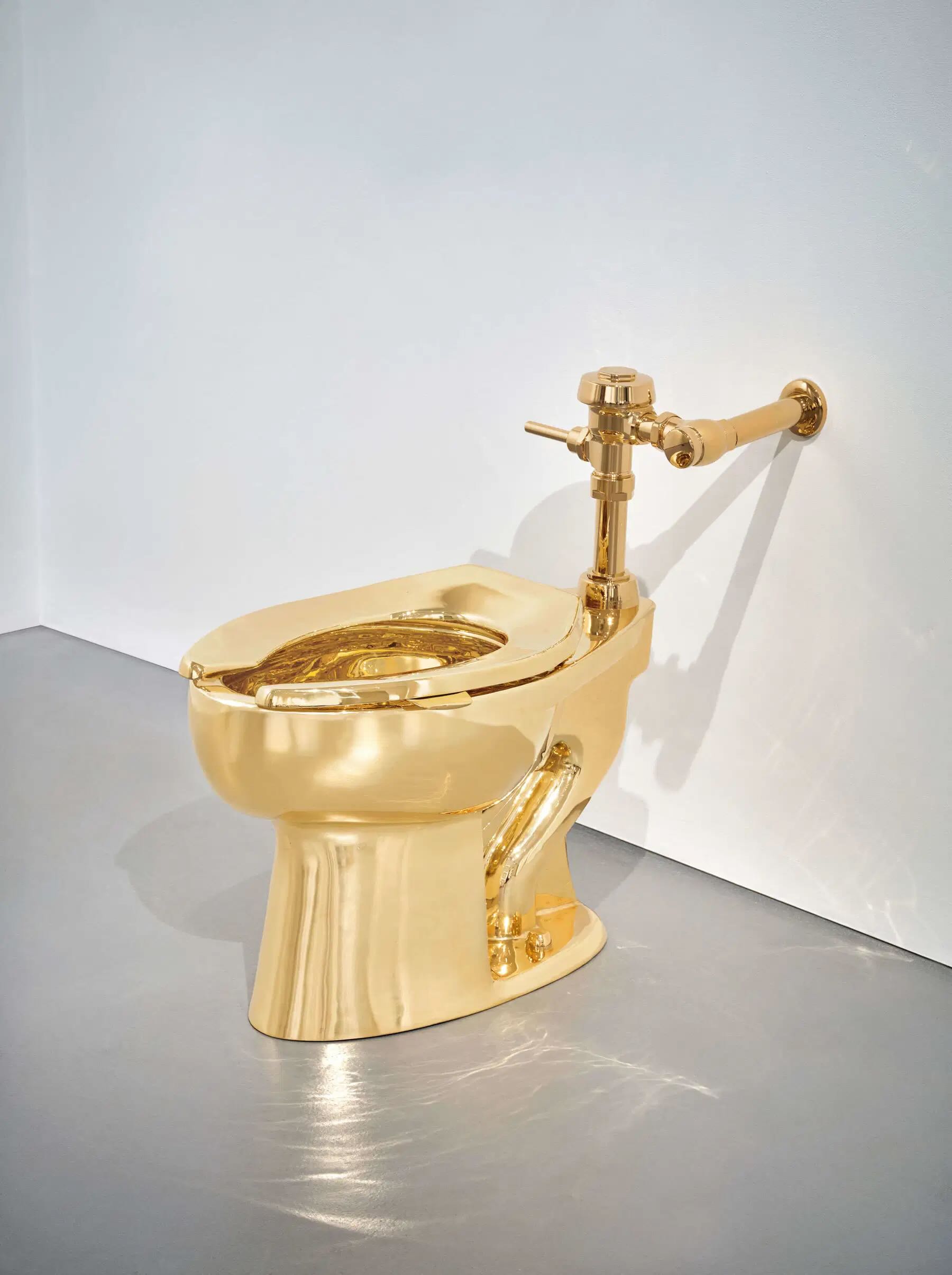It’s no surprise that the peacock's image has been echoed in countless decorative forms — from paper drawings to monumental architecture, from enameled metalwork to inlaid furniture.
The iconography of the peacock has very ancient roots. In Greek culture, the bird was sacred to Hera, goddess of marriage, who, according to myth, transformed the giant Argus into a peacock and gave him a hundred eyes — still visible today on the bird’s tail feathers. In India, the peacock is associated with the goddess Lakshmi, bearer of good fortune and abundance. Because of their "eyed" pattern, peacock feathers have often been kept in homes as talismans to ward off negative energy.
In the world of applied arts, the peacock motif has flourished through various decorative techniques. Over the centuries, it has been rendered in delicate watercolors on paper and preparatory drawings for fabrics and wallpapers, often intended for aristocratic homes and exotic palaces. In Islamic and Persian art, the peacock frequently appears in miniatures and floral carpet motifs, symbolizing the garden of Eden.
One of the most refined techniques to celebrate the peacock is cloisonné enamel, particularly in Chinese and Japanese tradition. In this process, fine metal wires outline the design — often stylized plumage — and the spaces are filled with colored enamel, creating bright and intricate surfaces. A famous example is the large 18th-century cloisonné vase held at the Palais des Beaux-Arts in Brussels, adorned with two majestic peacocks among flowers and clouds.
More recently, the Art Nouveau style embraced the peacock figure across many decorative objects. Czech artist Alfons Mucha used it as an emblem of femininity and seduction in his illustrations, while in furniture design, the bird’s fan-shaped tail inspired the iconic wicker “peacock chairs,” now a staple of bohemian and colonial-style interiors.
The peacock has also left a lasting mark in architectural decoration: from the Byzantine mosaics of Ravenna — where it symbolizes resurrection and eternal life — to the wood carvings and stained glass windows of Liberty-style homes, where it stands as a pure ornamental element, a symbol of luxury and refinement.
Today, choosing a decorative piece inspired by the peacock — be it a painting, ceramic, cushion, or piece of furniture — means bringing all of this imagery into your space: beauty, protection, magic, and the spirit of travel. An icon that, though ancient, continues to shine brightly in the contemporary home.
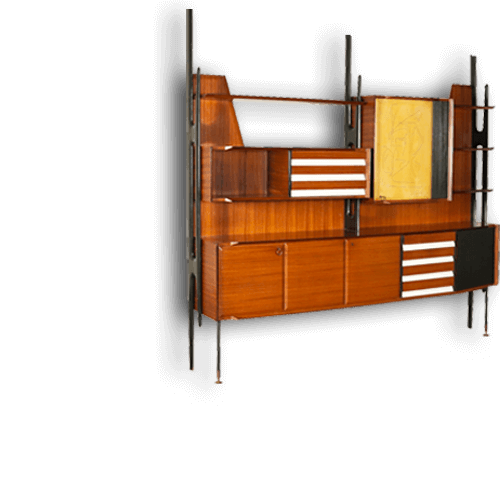
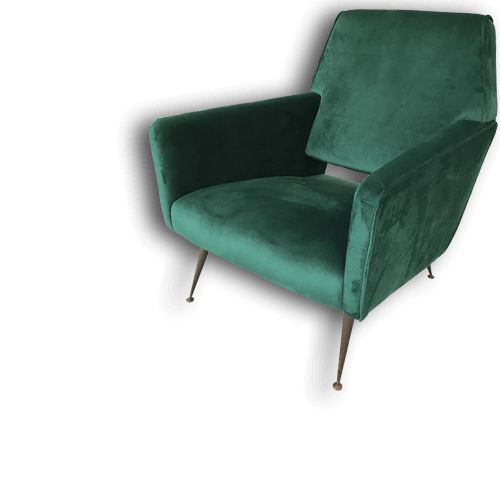



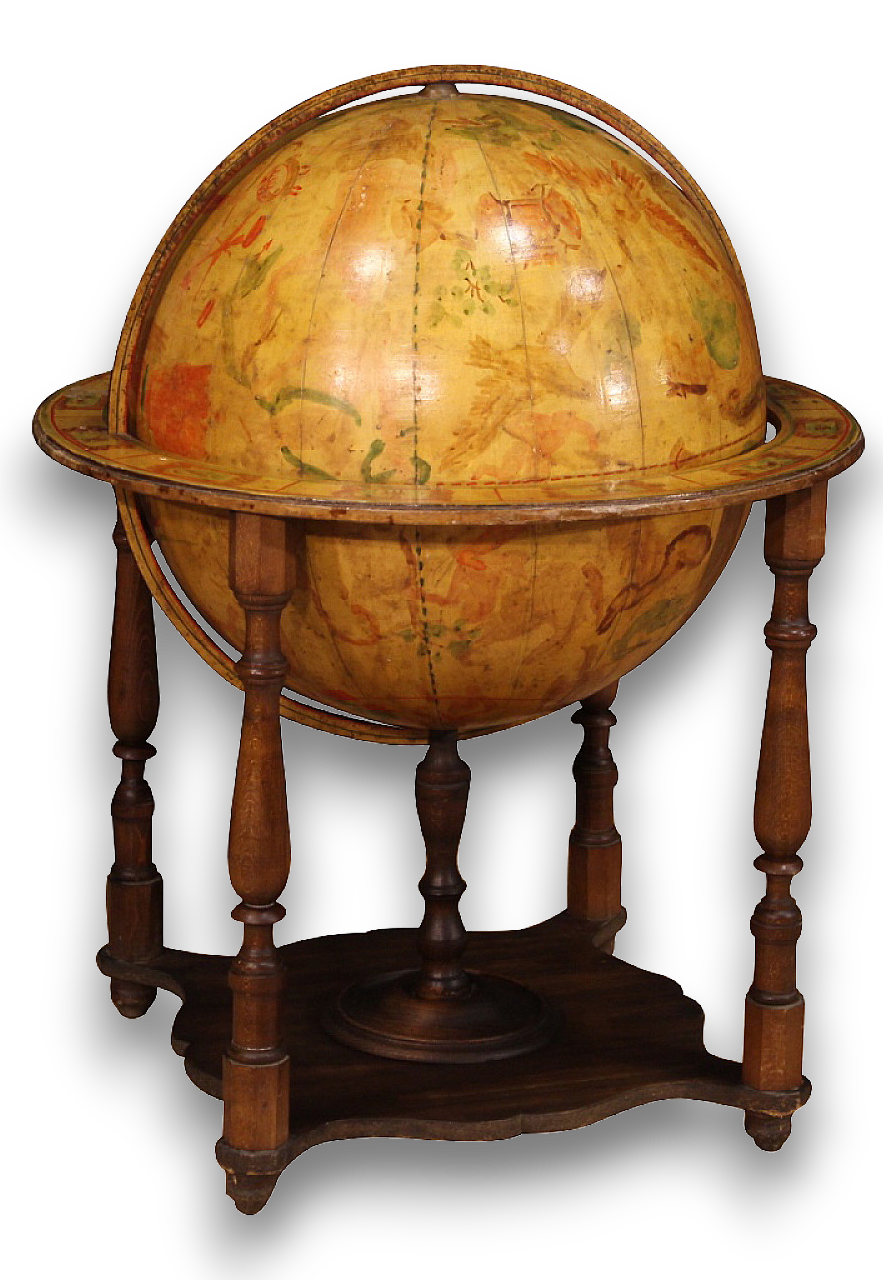
.png)
